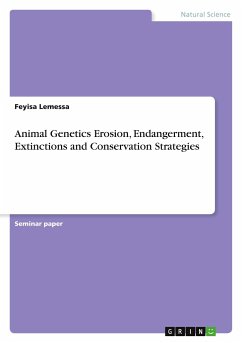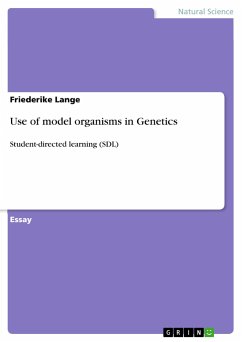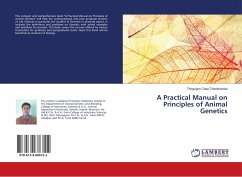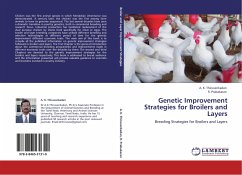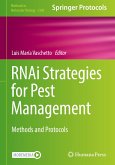Seminar paper from the year 2023 in the subject Biology - Genetics / Gene Technology, grade: 3.95, Haramaya University (CAES), course: Animal and Range Scineces, language: English, abstract: There is an urgent need to document the diversity of our livestock genetic resources and to design strategies for their sustainable conservation and the main objective of this review is to exploring. The world watch list for domestic animal diversity documents more than 6 300 breeds and 7616 breeds of livestock belonging to 30 domesticated species. These breeds were developed following domestication and natural and human selection over the past 12 000 years. The current number of breeds is likely an underestimation since a large proportion of indigenous livestock populations of the developing world, where most animal genetic resources are found today; have yet to be described at phenotypic and genetic levels. The predominant species include cattle, sheep, goats, pigs, chickens, horses and buffalo. Several other domesticated animals like camels, donkeys, elephants, reindeer and rabbits are also valuable to different regions of the world. Cattle, sheep, chickens, are predominantly found all over the world, while goats and pigs are less uniformly distributed. Livestock populations have evolved a unique adaptation to their agricultural production system and agro ecological environments. Their genetic diversity has provided the material for the very successful breeding improvement programmes of the developed world in the 19th and 20th century. This represents a unique resource to respond to the present and future needs of livestock production, both in developed and developing countries. Recognizes The well importance of animal production for food security and rural livelihoods and particularly AnGR supply over 30% of total human requirements for food and agriculture and contribute to the livelihood of 70% of the world¿s rural poor. However, the purposes of raising livestock go beyond their direct output functions and include other significant economic and cultural roles. These include savings, insurance, cyclical buffering, accumulation and diversification, as well as various cultural roles related to status and the obligations of their owners.
Hinweis: Dieser Artikel kann nur an eine deutsche Lieferadresse ausgeliefert werden.
Hinweis: Dieser Artikel kann nur an eine deutsche Lieferadresse ausgeliefert werden.

